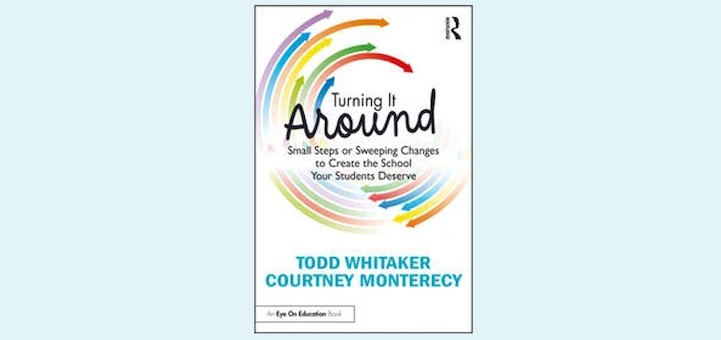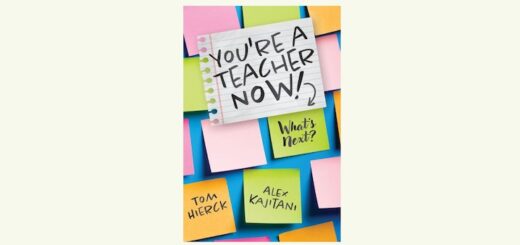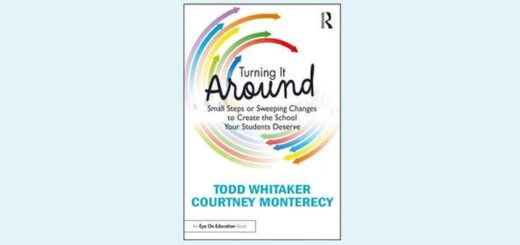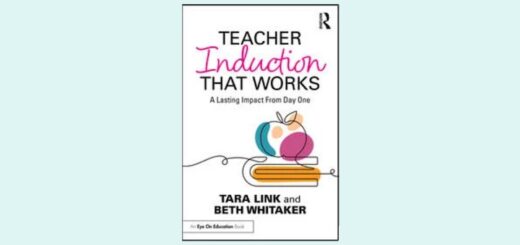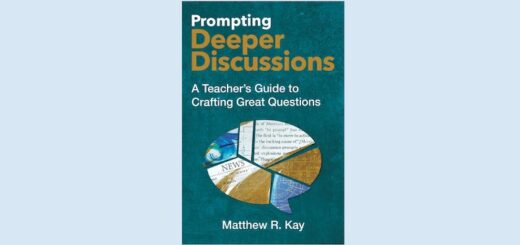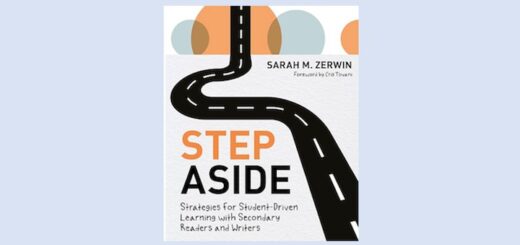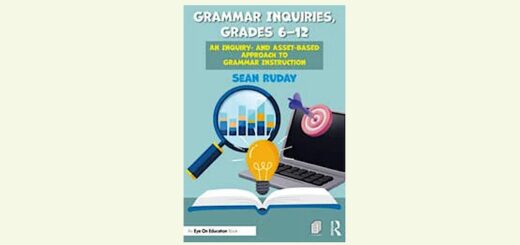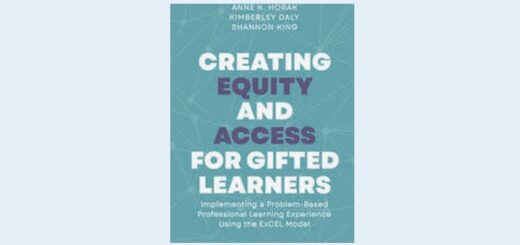Teaching and learning in grades 4-8
As schools navigate an ever-changing landscape, instructional coaches are increasingly in demand to help teachers not only refine their craft but also weather complex circumstances. Specialist Miriam Plotinsky shares strategies to help coaches develop empathy and adaptability.
Jennifer Throndsen pinpoints frontloading as an effective strategy that supports multilingual learners in both their content studies and language development. Learn how preteaching key vocabulary, background knowledge and core concepts scaffolds learning and accelerates progress.
Karin Hess’s new book exploring cognitive rigor and Webb’s Depth of Knowledge framework provides clarity and practical tools for teachers seeking to design learning experiences that truly deepen understanding. A resource for review, reflection, and refinement of practice, says Kathleen Palmieri.
You’re a Teacher Now: What’s Next? is an easy read that shares a wide range of proven practices for new teachers (and veterans) in an organized and honest way. A “definite recommendation,” says teaching professor Michelle Schwartze, who also likes the free online reproducibles.
Writing short form stories is all about revising and playing with your ideas, Kim Culbertson told the sixth graders. “Move things around. Cross things out and add others. See where the exploration of it takes you. The most important part is that you’re finding your own voice.”
Feel-good study methods don’t work. The best research data points to five active strategies as the most effective ways to build lasting knowledge. Teach these methods and we empower all our students to become more effective learners, says teacher educator Curtis Chandler.
Turning It Around by Todd Whitaker and Courtney Monterecy provides both a conceptual framework and a tactical approach for educational leaders committed to creating schools truly worthy of their students through a dual lens of incremental improvement and systemic change.
Author and middle level educator Jennifer Ciok offers a weekly calendar of strategies to increase student engagement. Her ideas for sparking more meaningful learning include storytelling, arts infusion, and activities that help connect classroom lessons to the real world.
For our students to be well educated, activist citizens who lead fulfilling lives, they need schools where fostering a culture of belonging becomes the character of the school, writes Regie Routman. It’s a place where every student feels safe, cared for, seen, heard and empowered.
Are you ready to accept that you are the learning key for each student you teach? Barbara Blackburn has experienced the multiple challenges teachers face each day. Here she offers strategies and inspiration as we reach beyond the negatives to center students and their learning.







